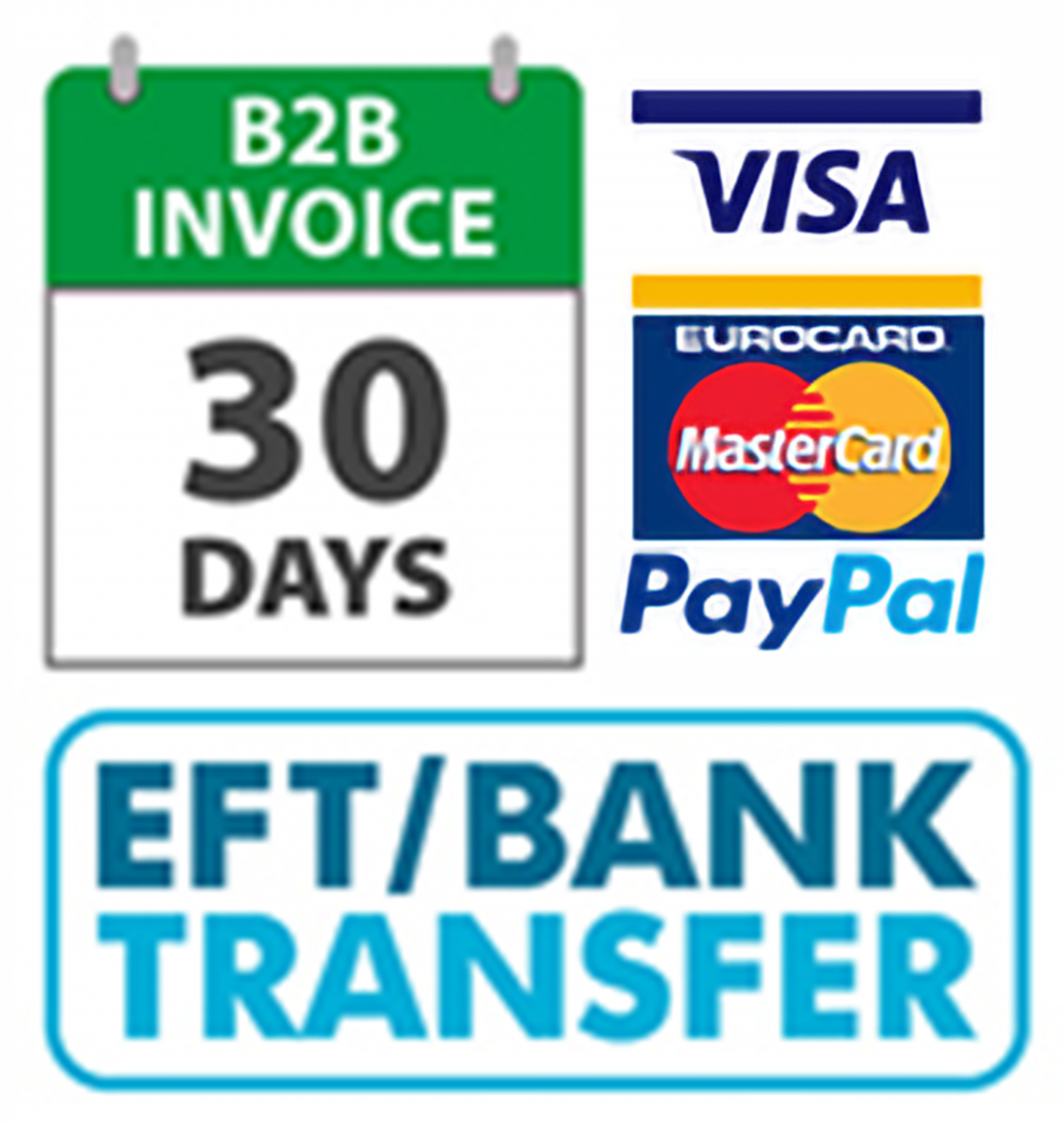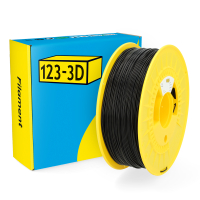 |
|
Menu
My 123-3D.ie
This site is protected by reCAPTCHA and the Google
Privacy Policy and
Terms of Service apply.
3D printing with filament or resin?
Do you have another question?
Have you not been able to find the answer to your question in the overview above? At 123-3D.ie we are busy with 3D printing every day and we like to follow every development. We are happy to share the knowledge and experience that we have built up over the years with you in our 3D printing help centre!Back to the 3D printing help centre
| Back to Printer FAQs |













